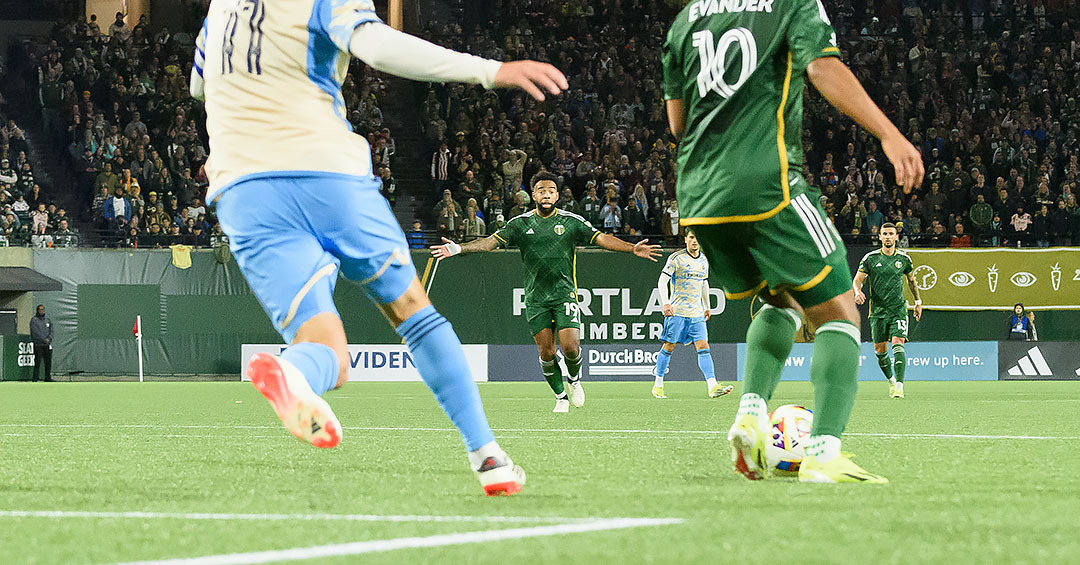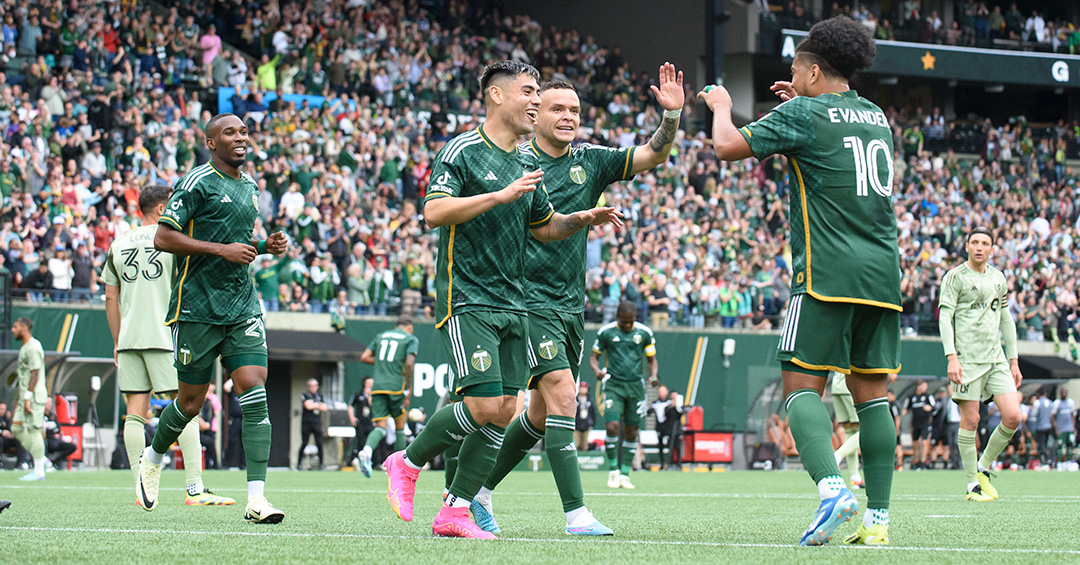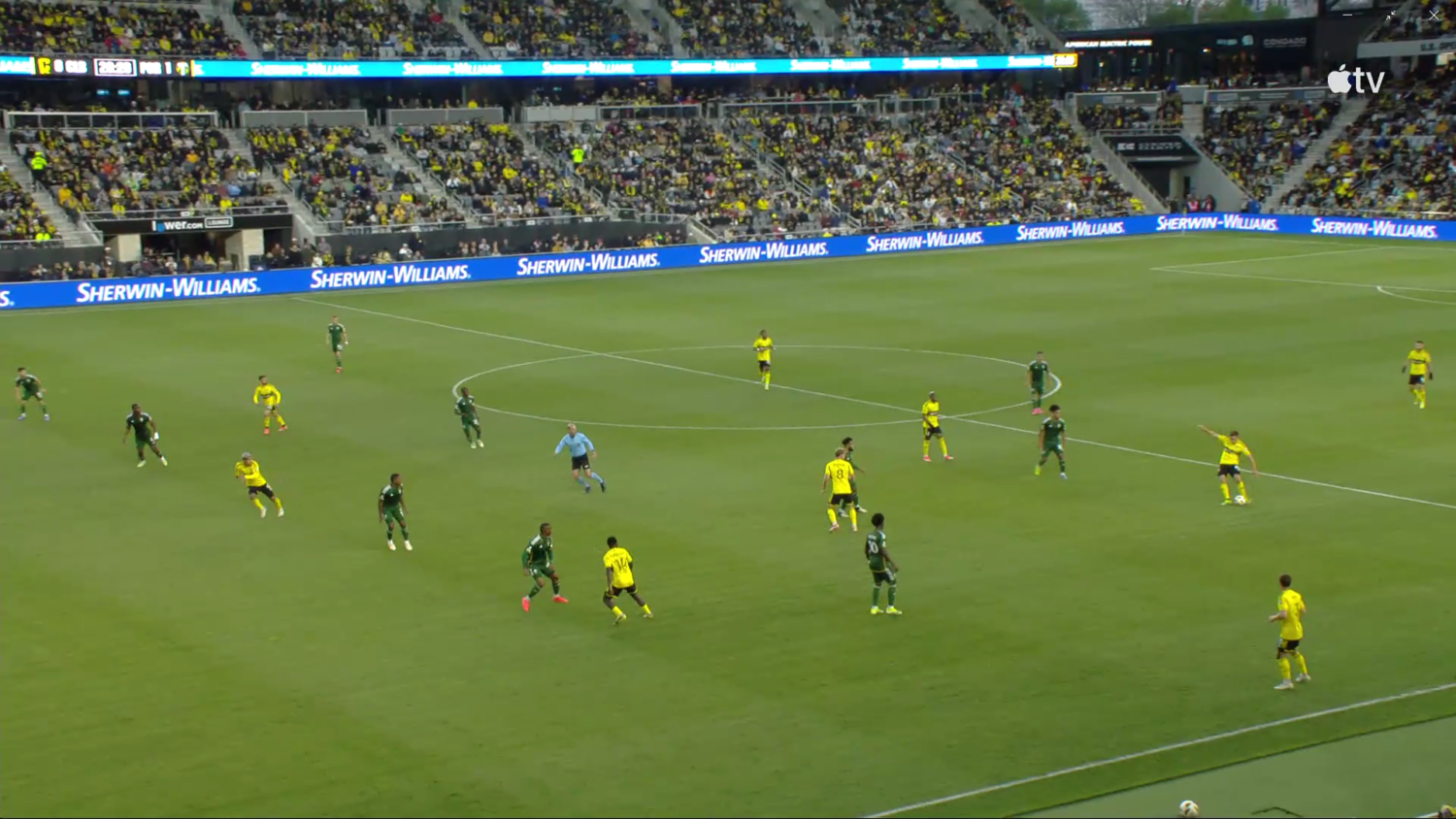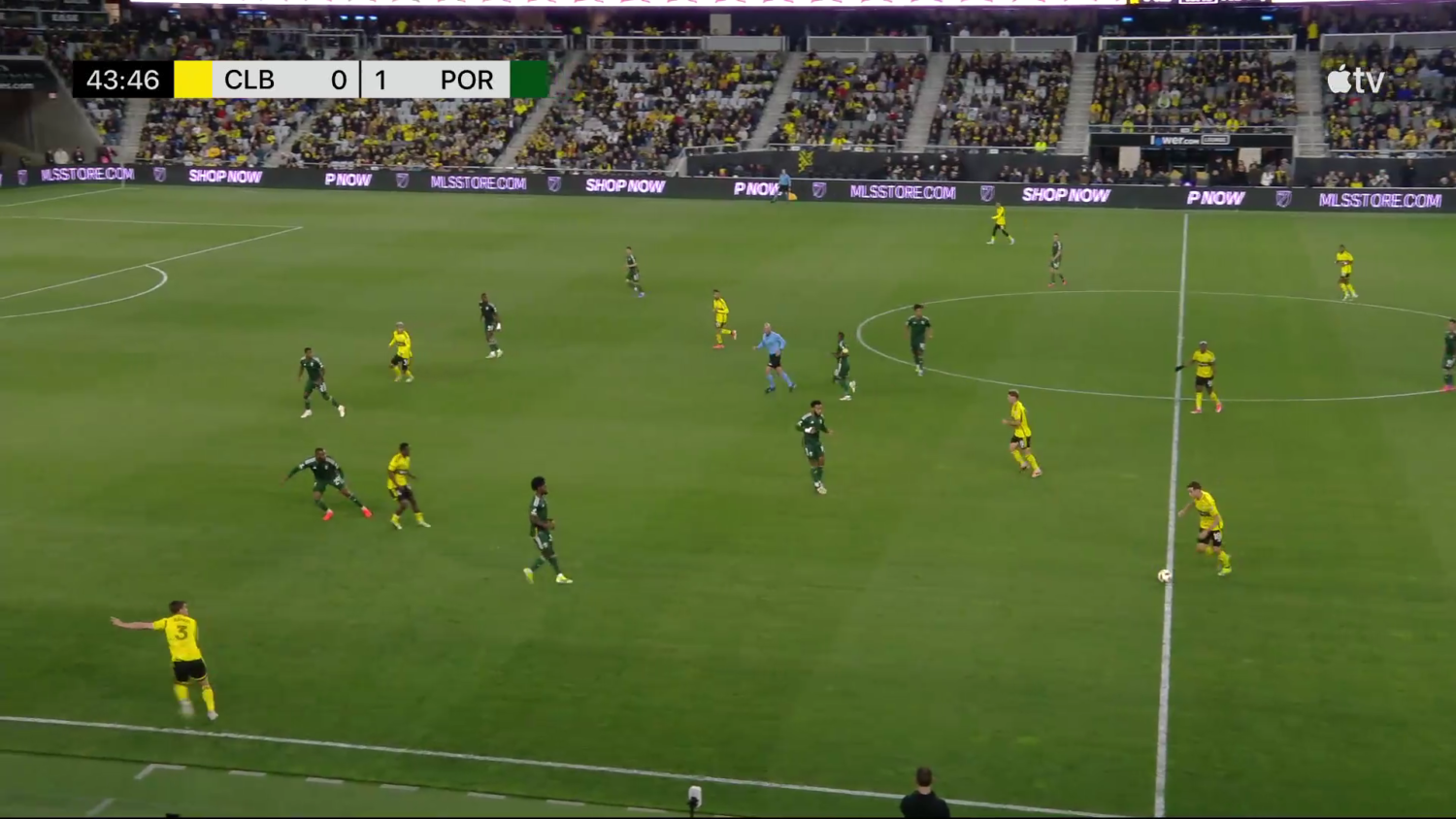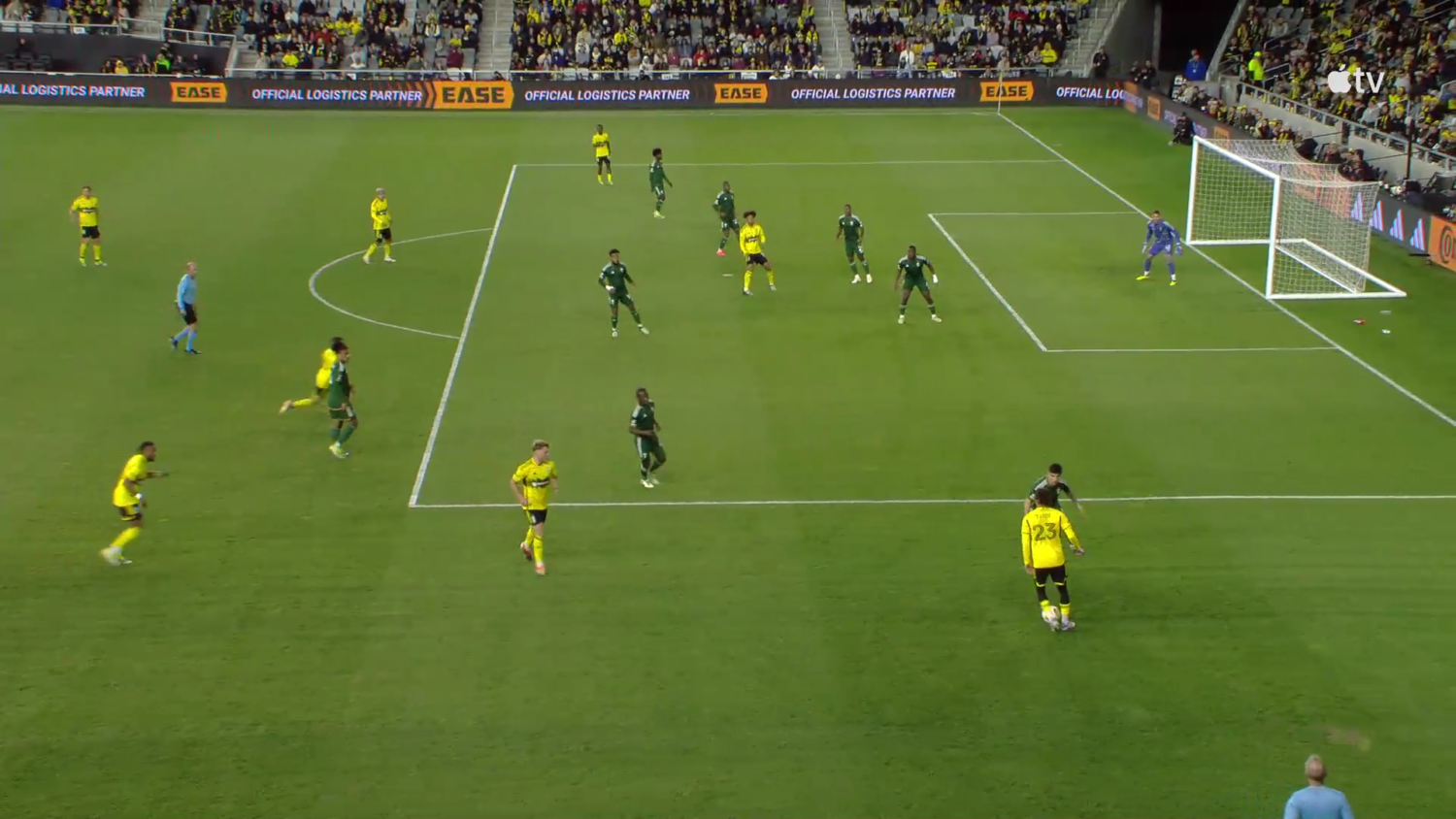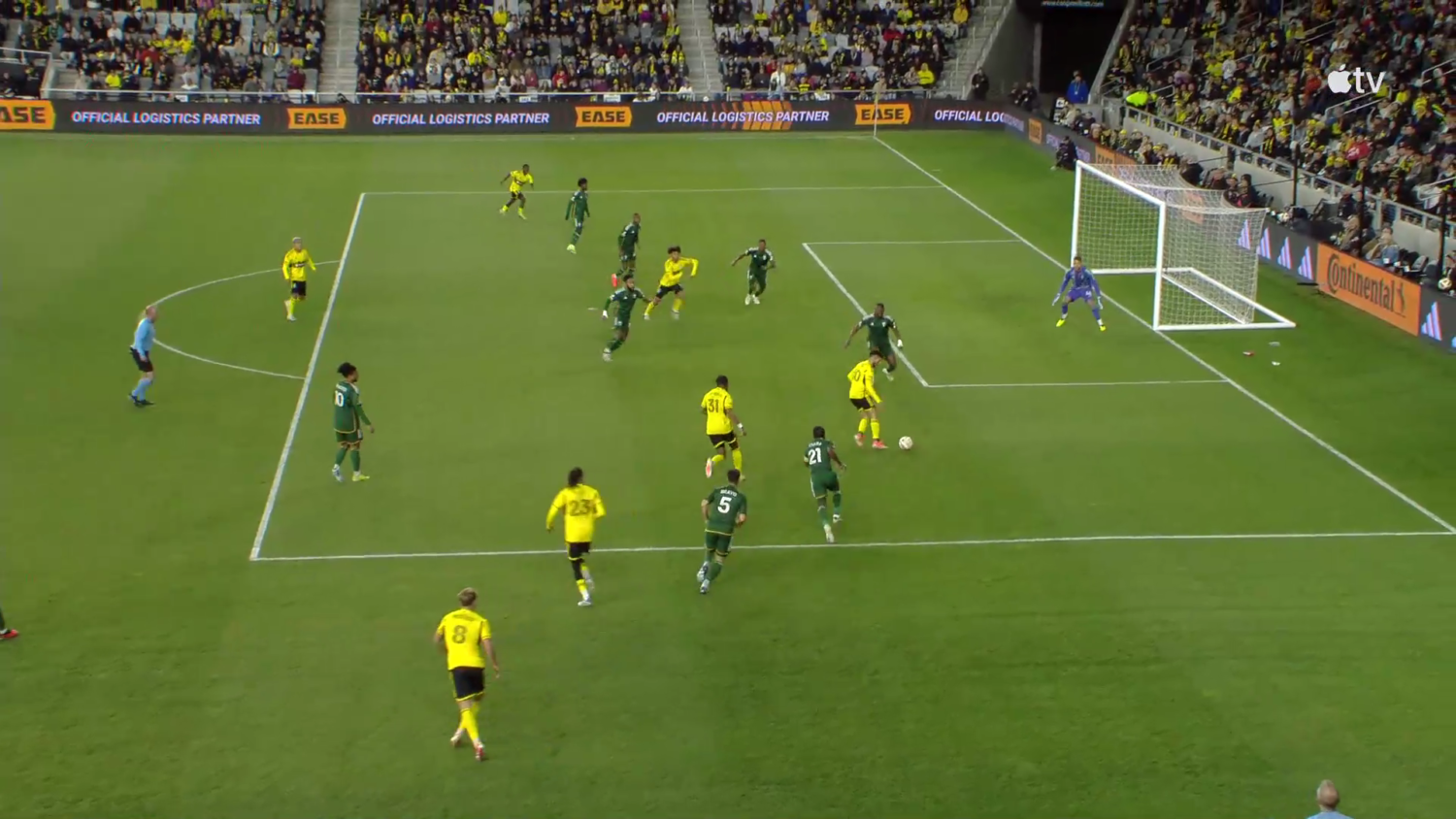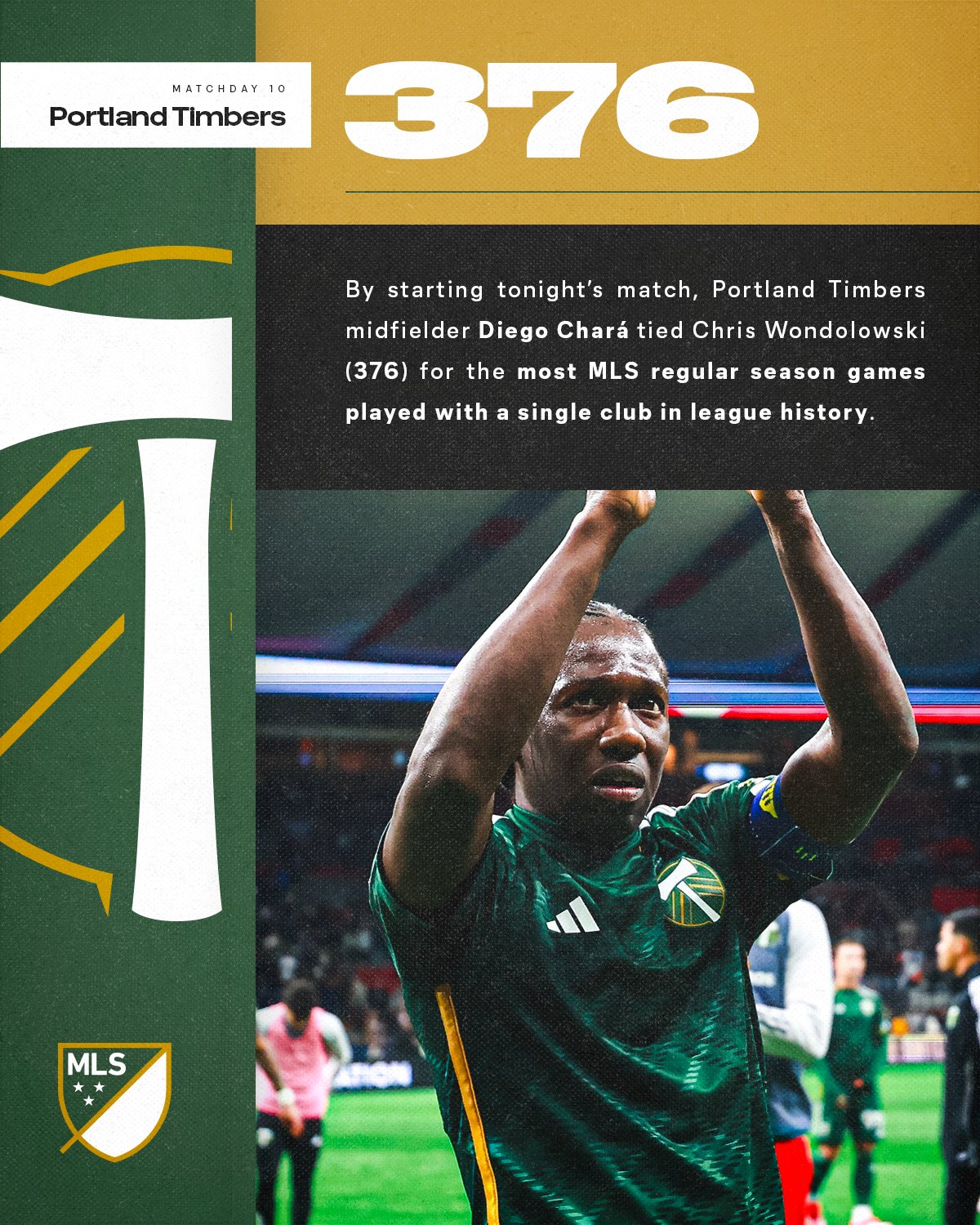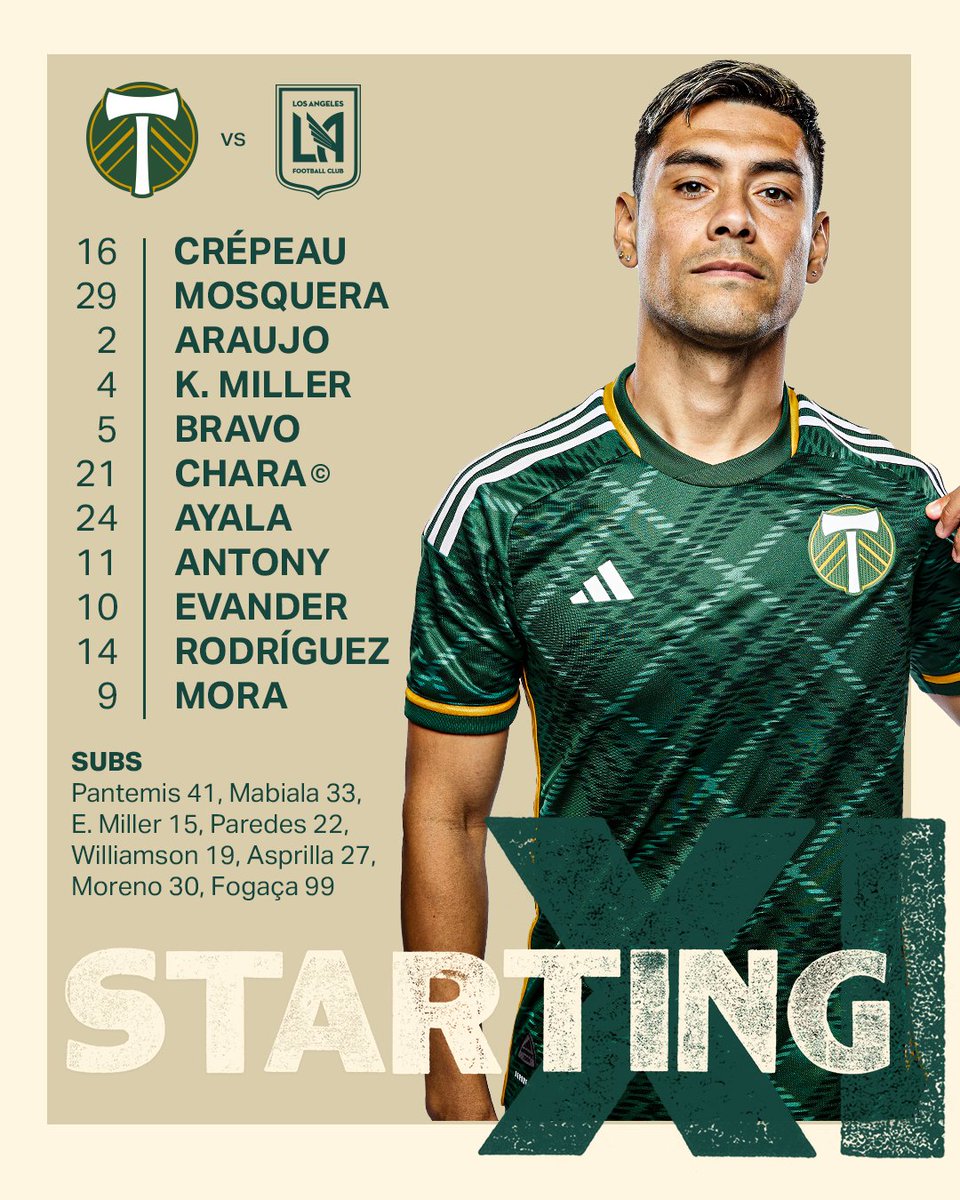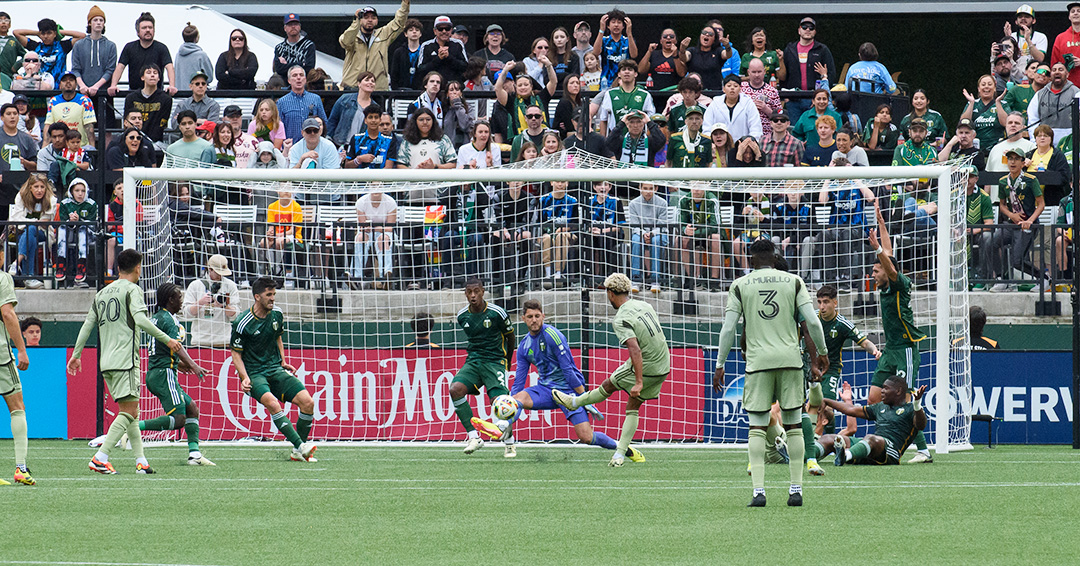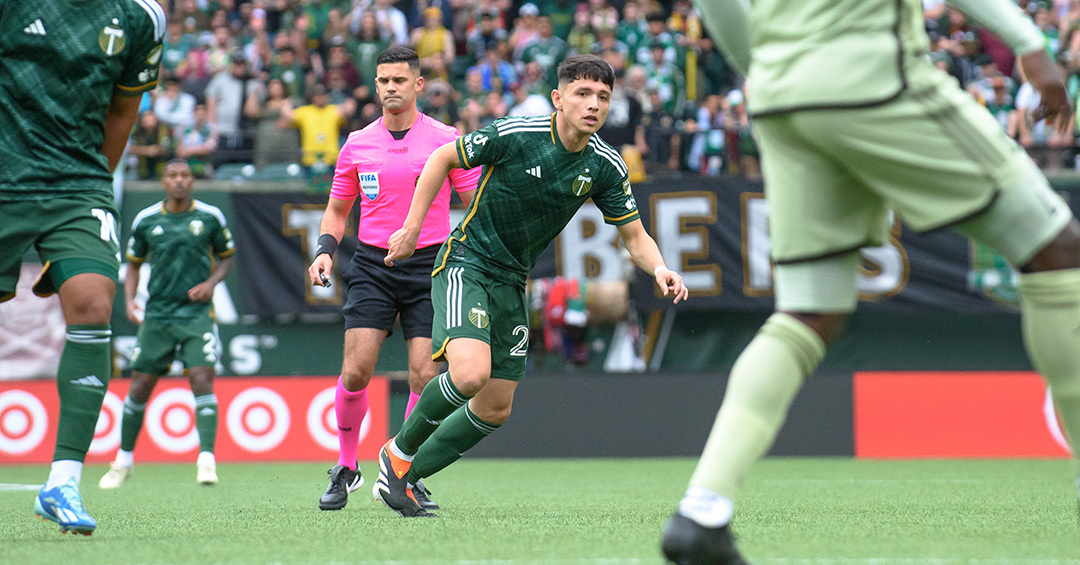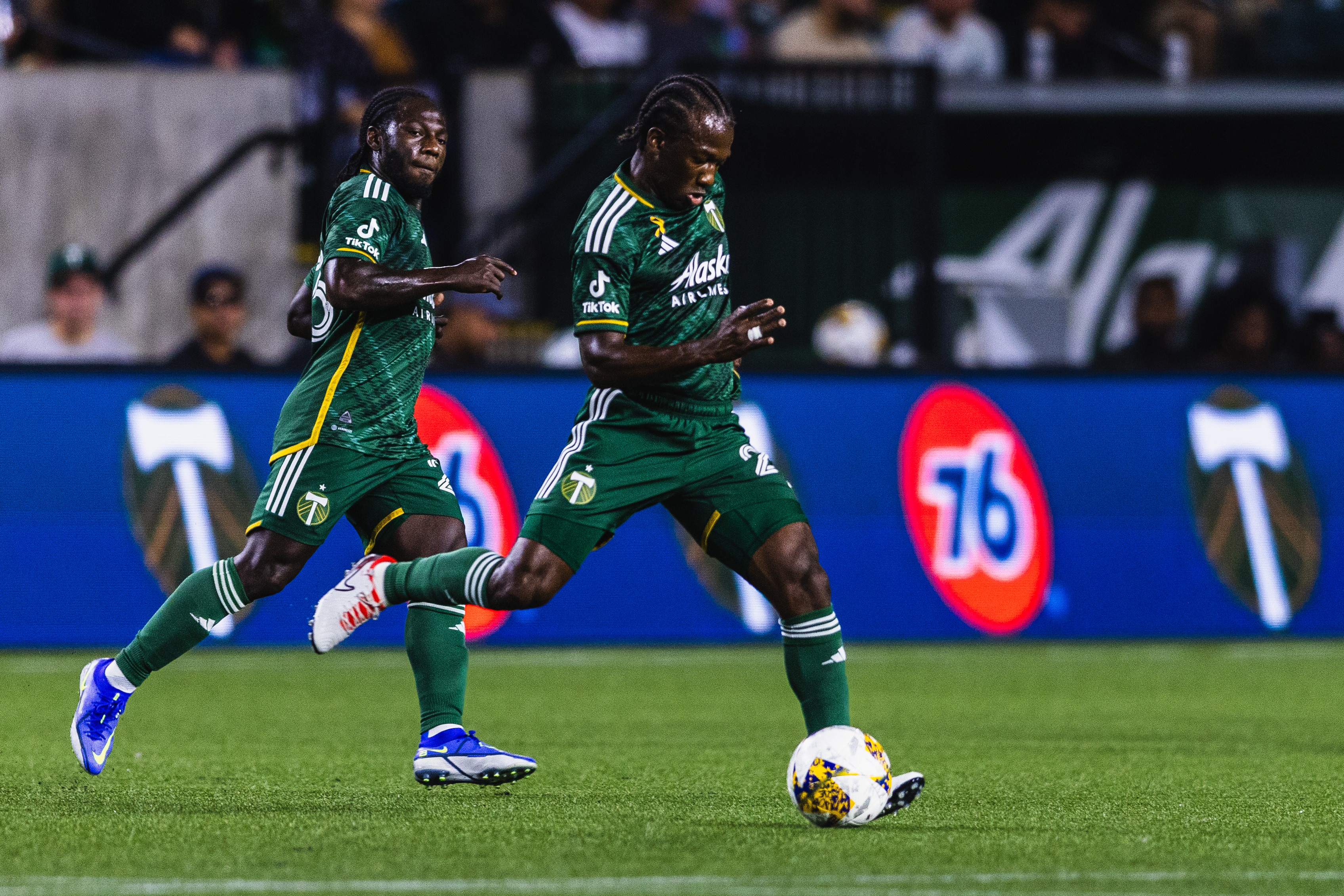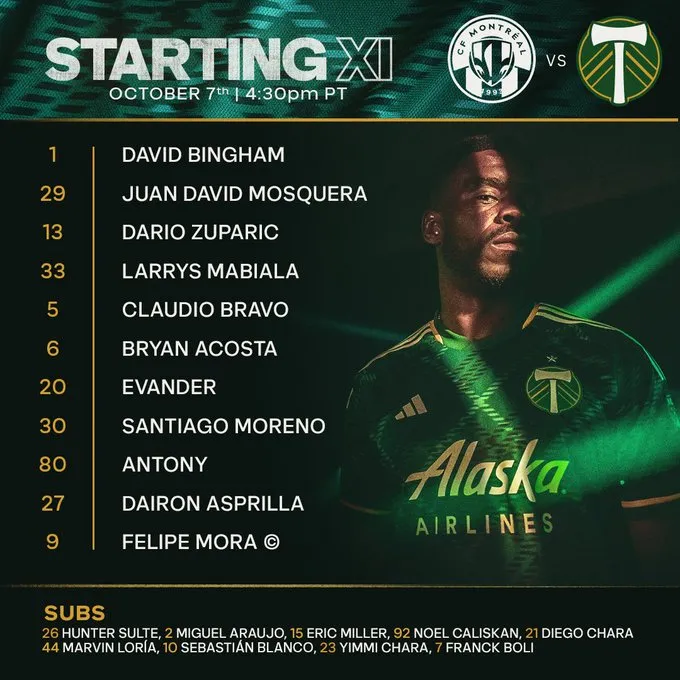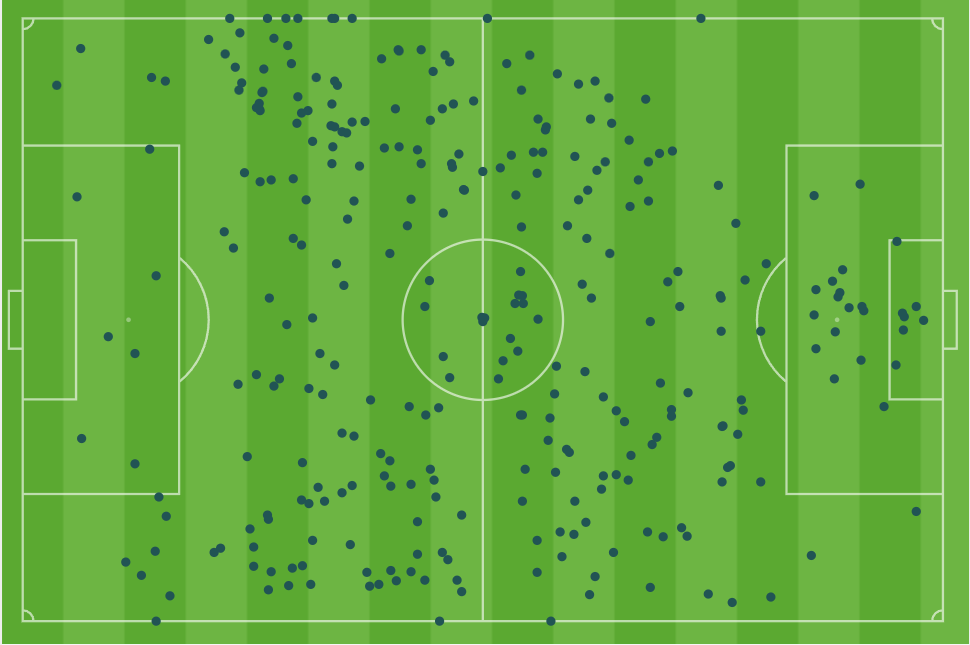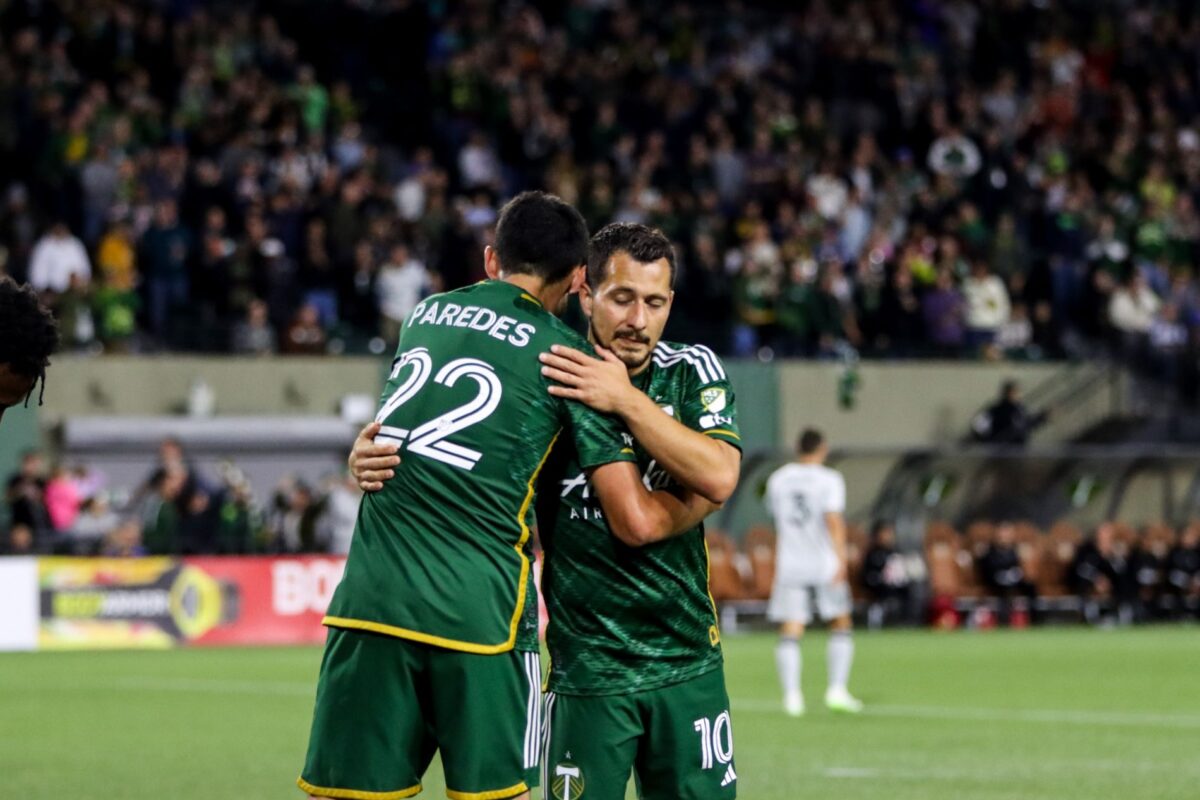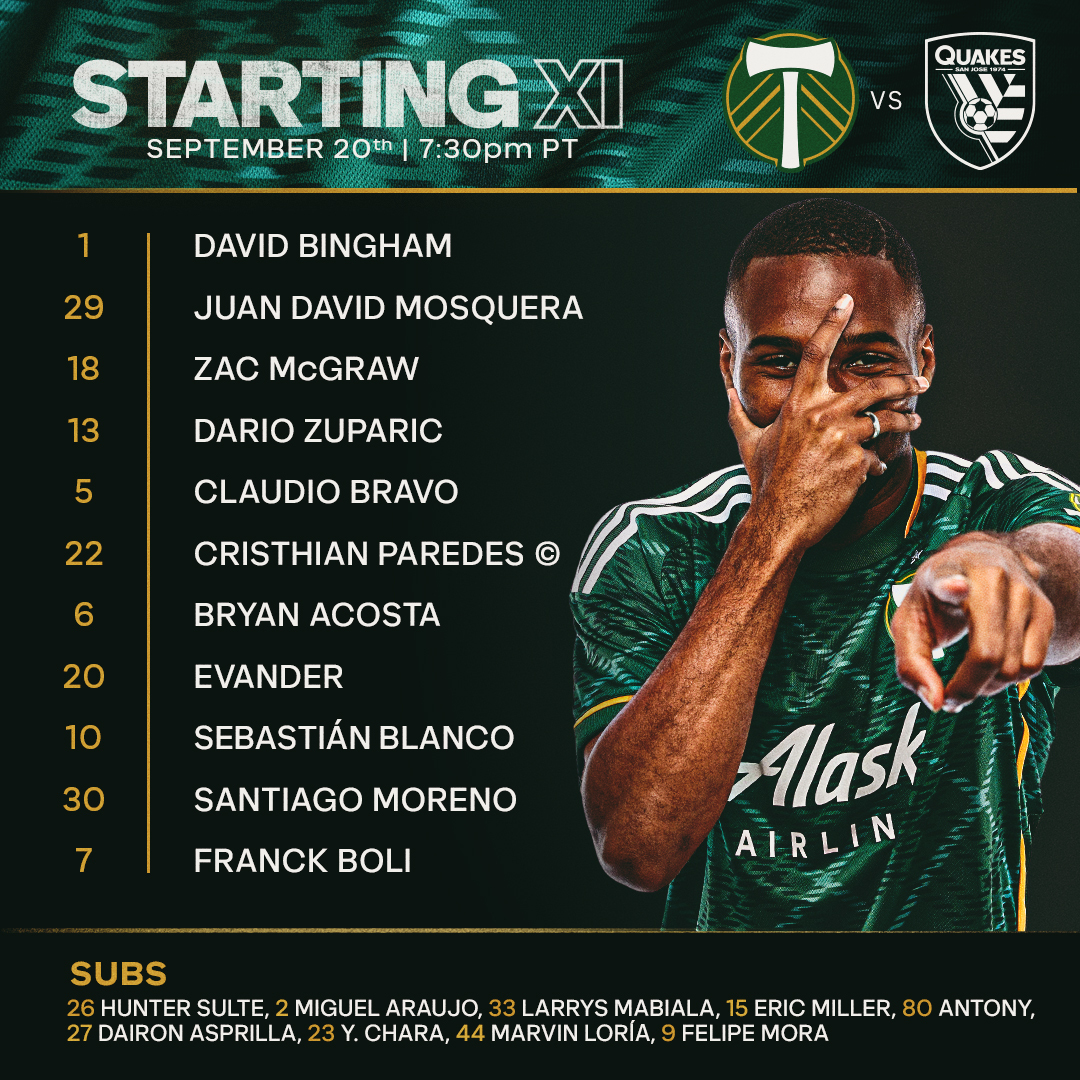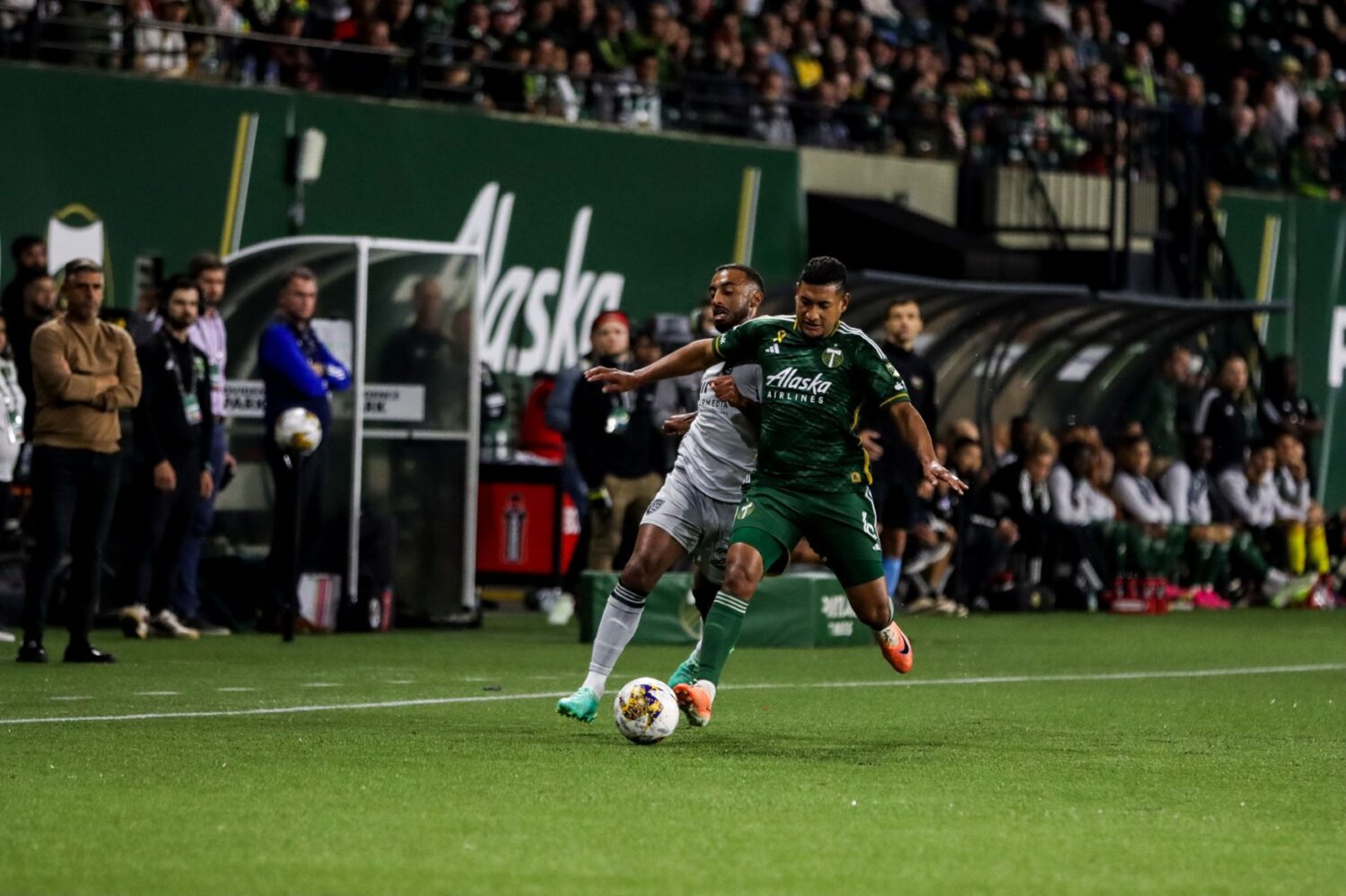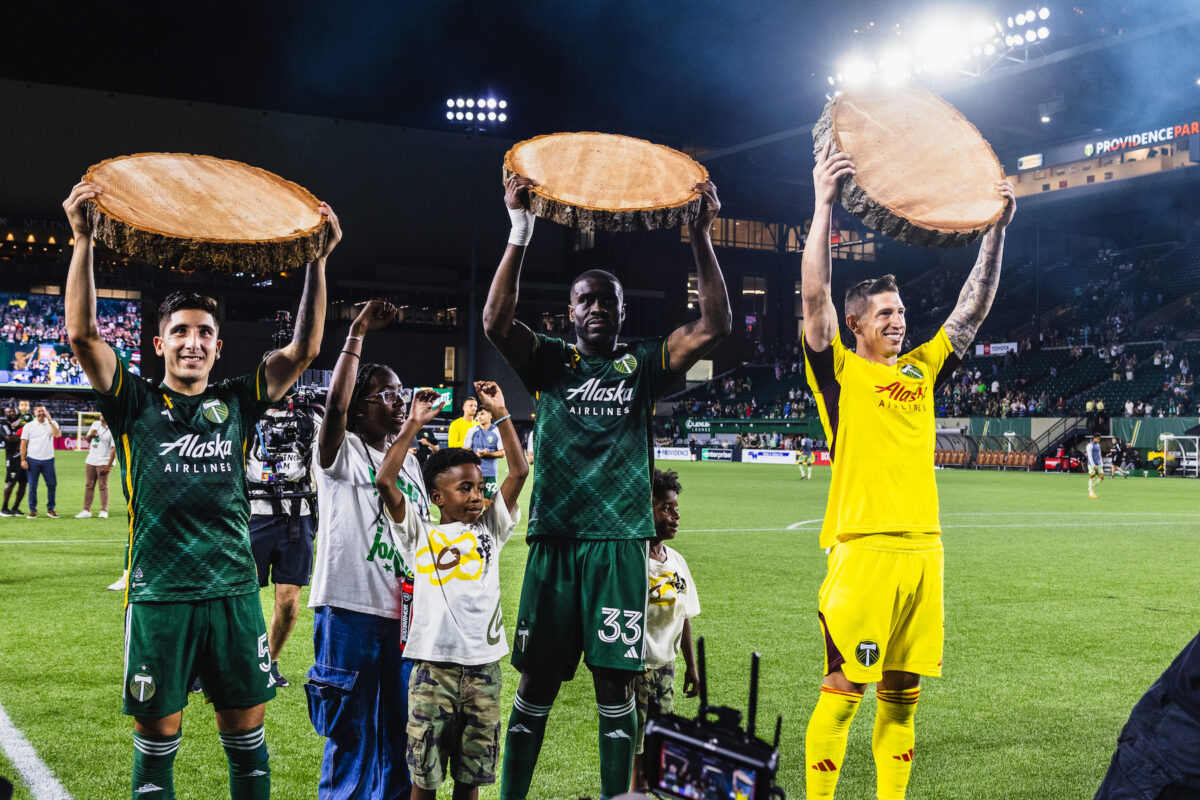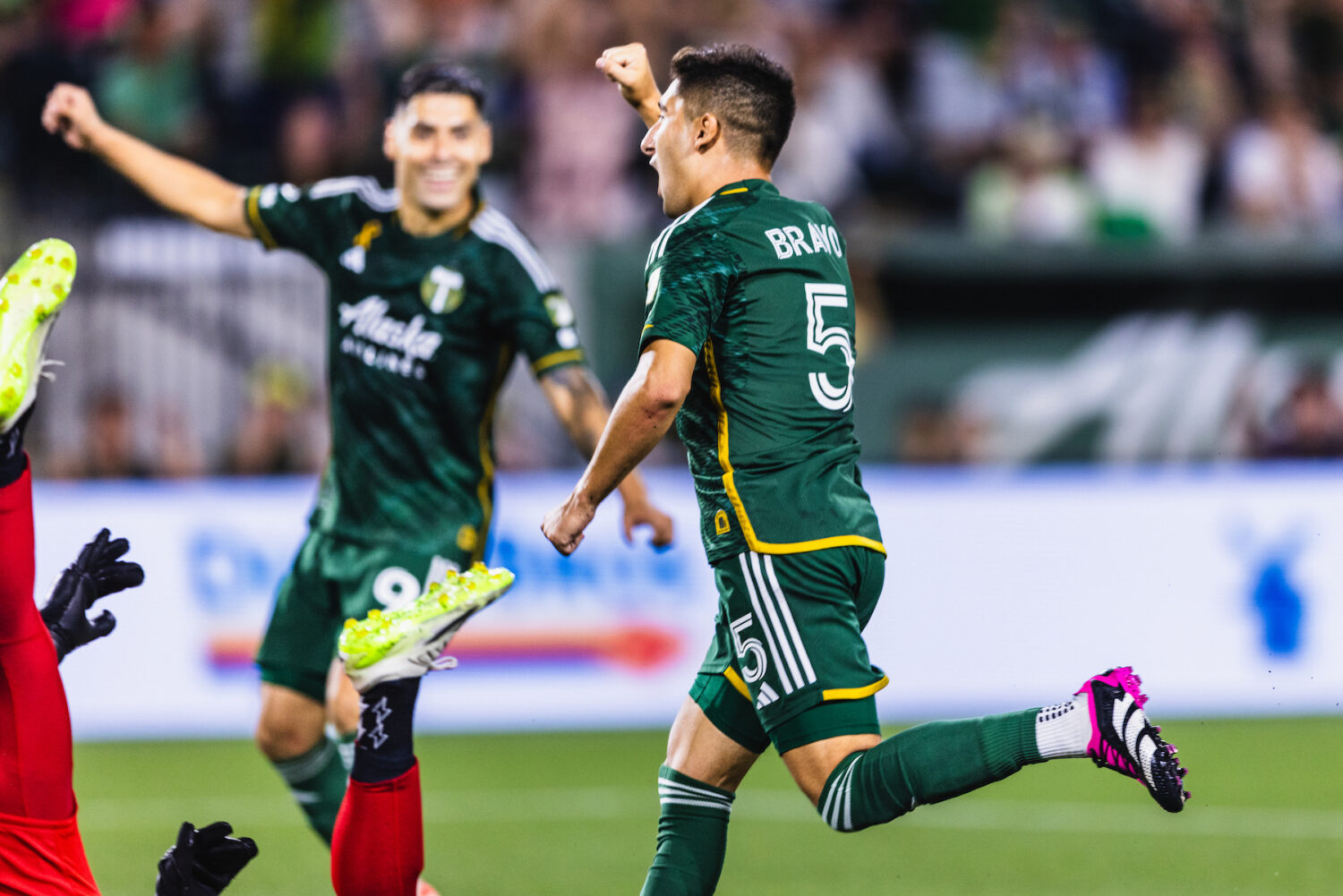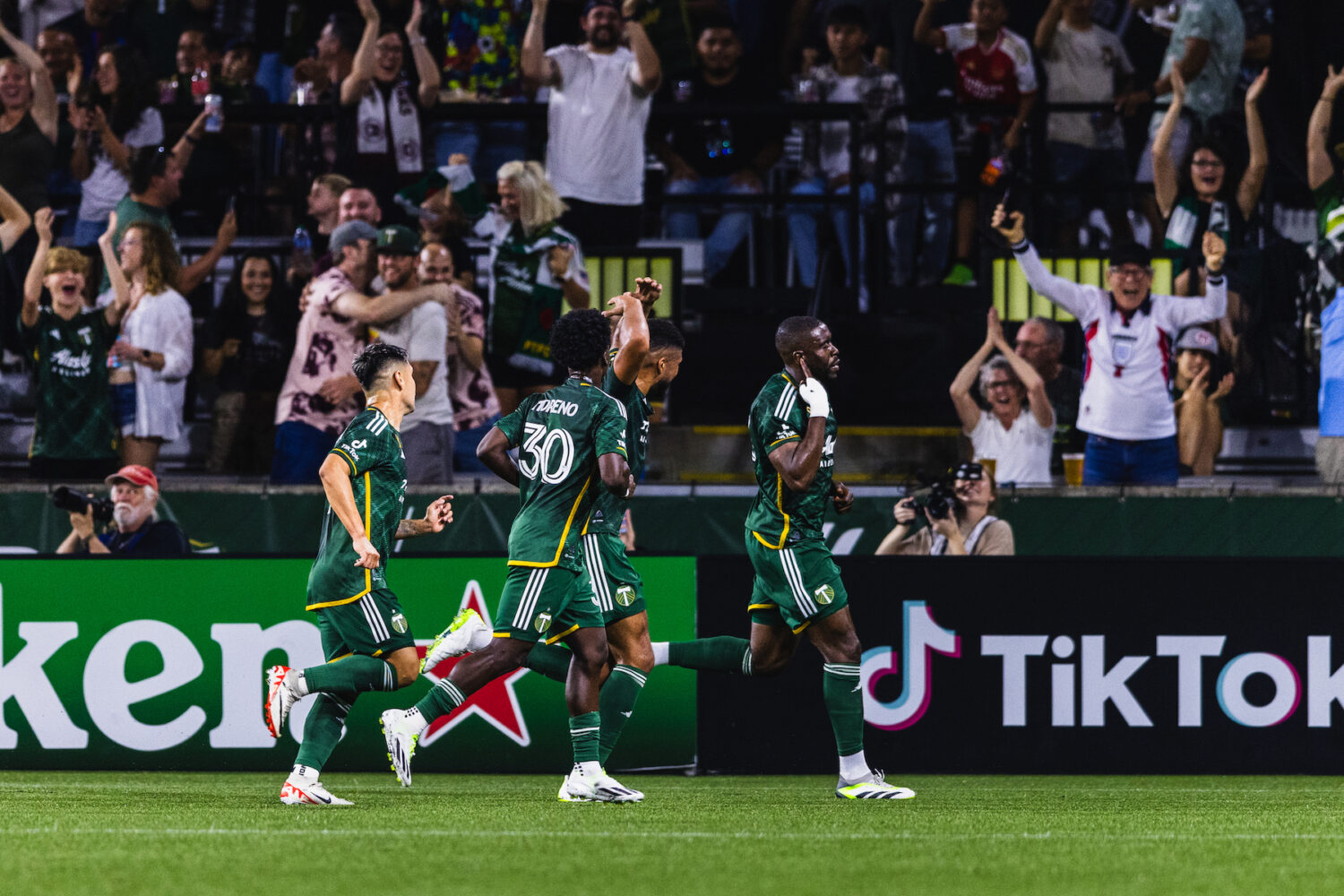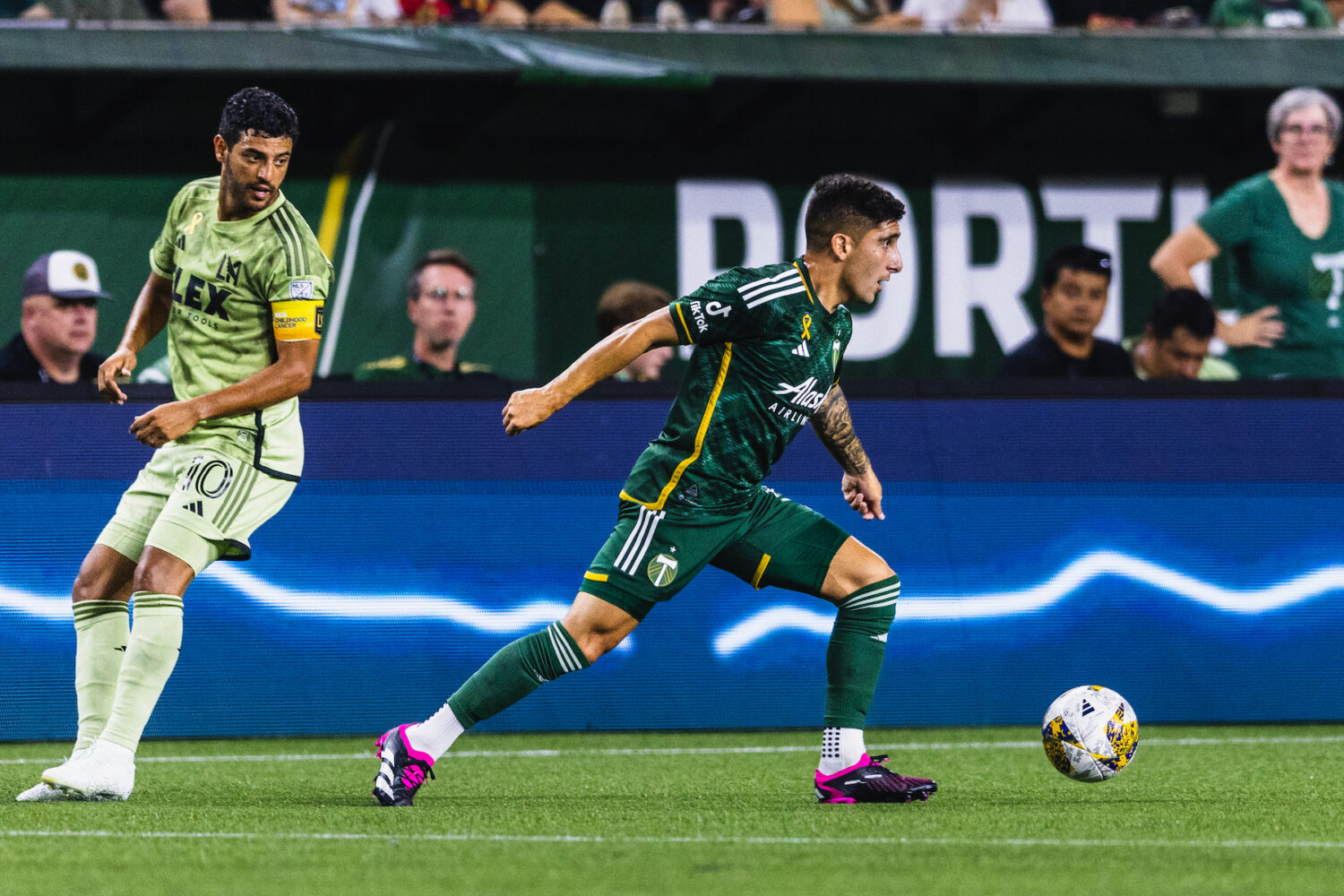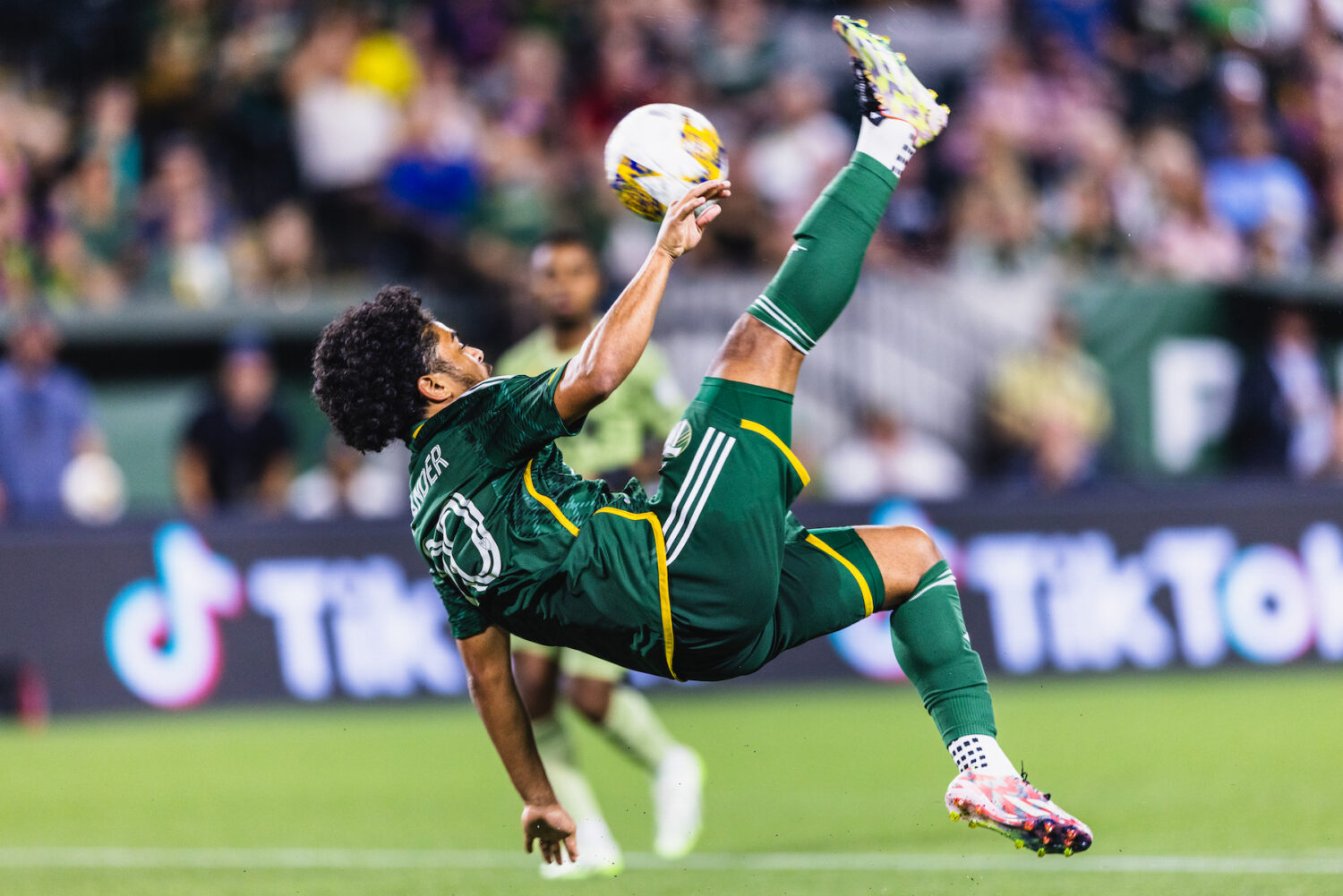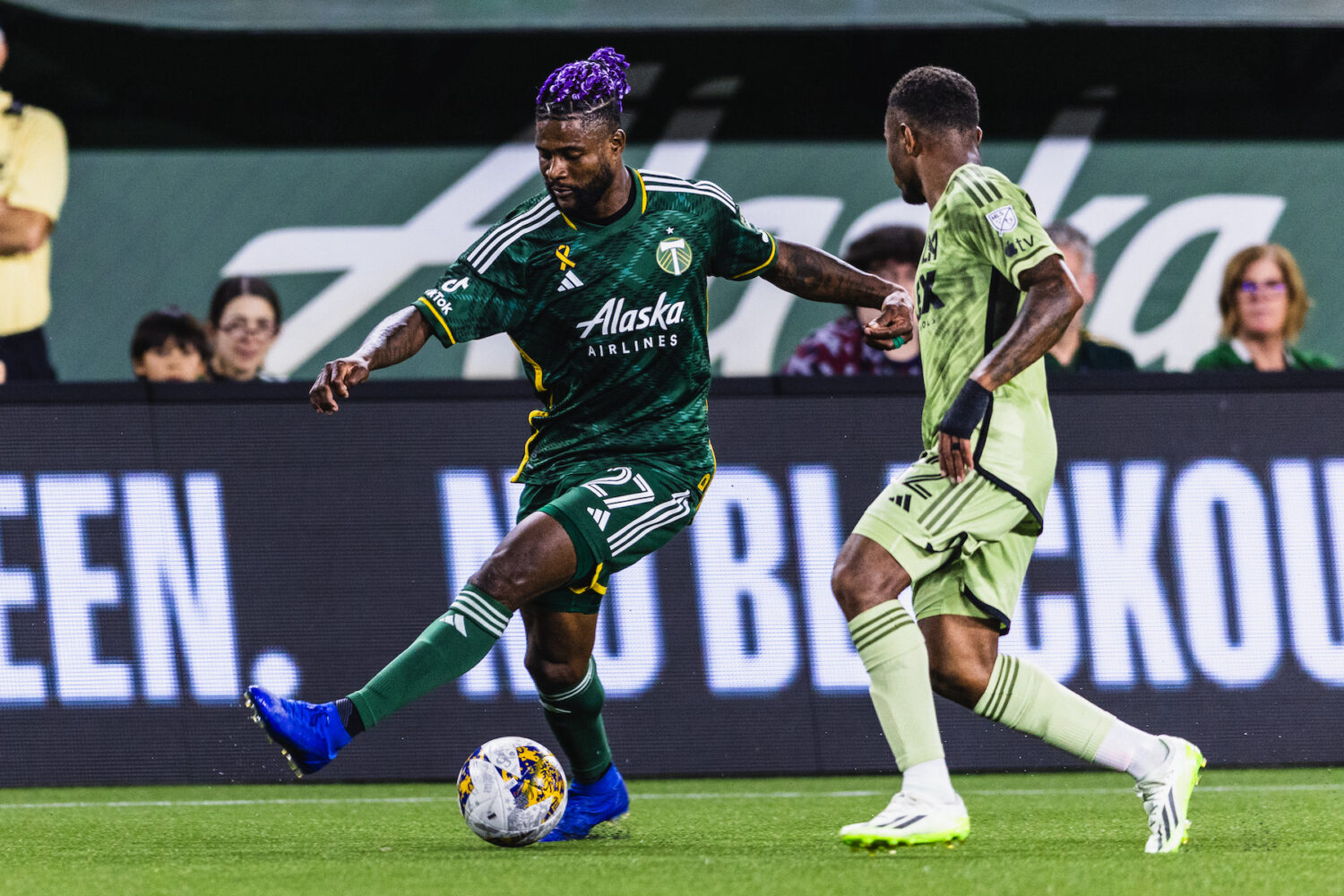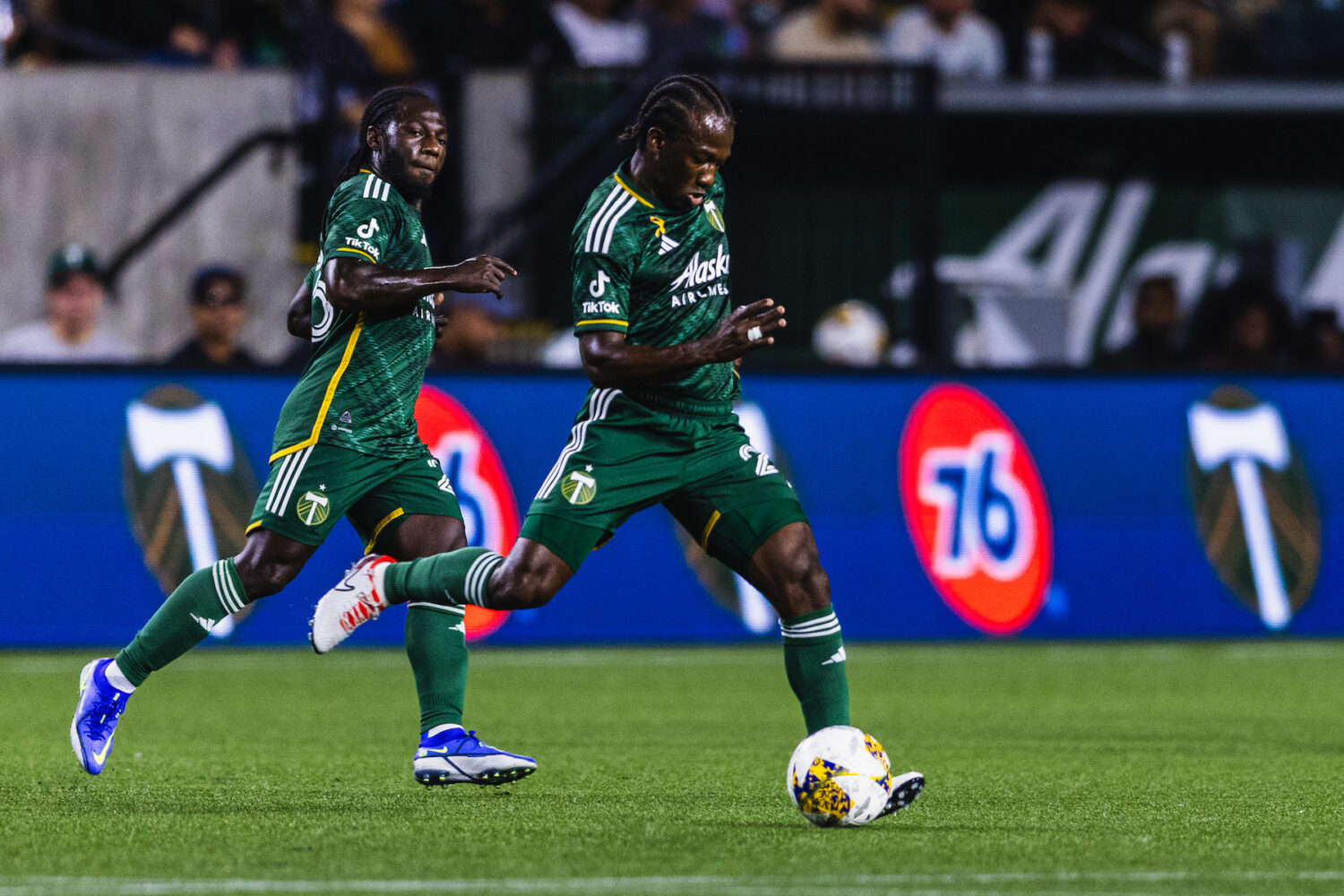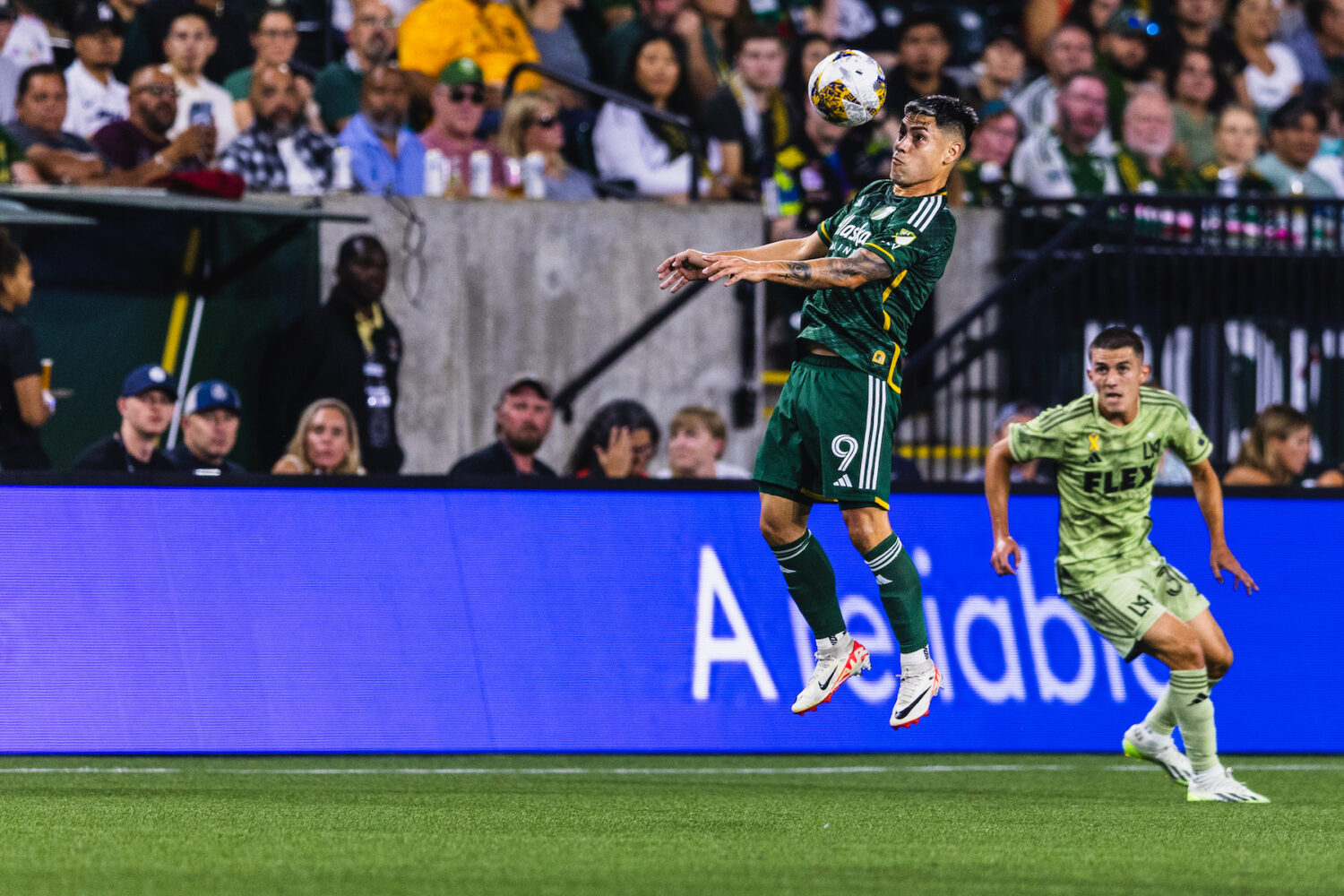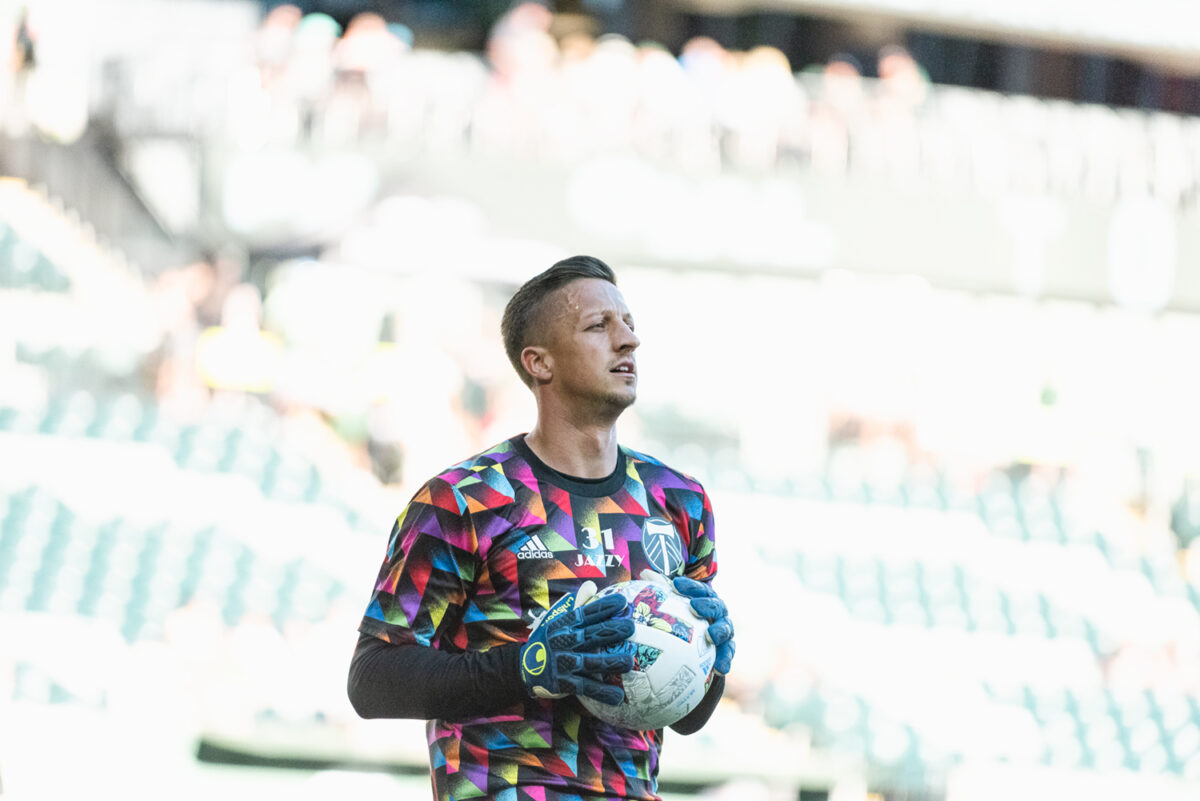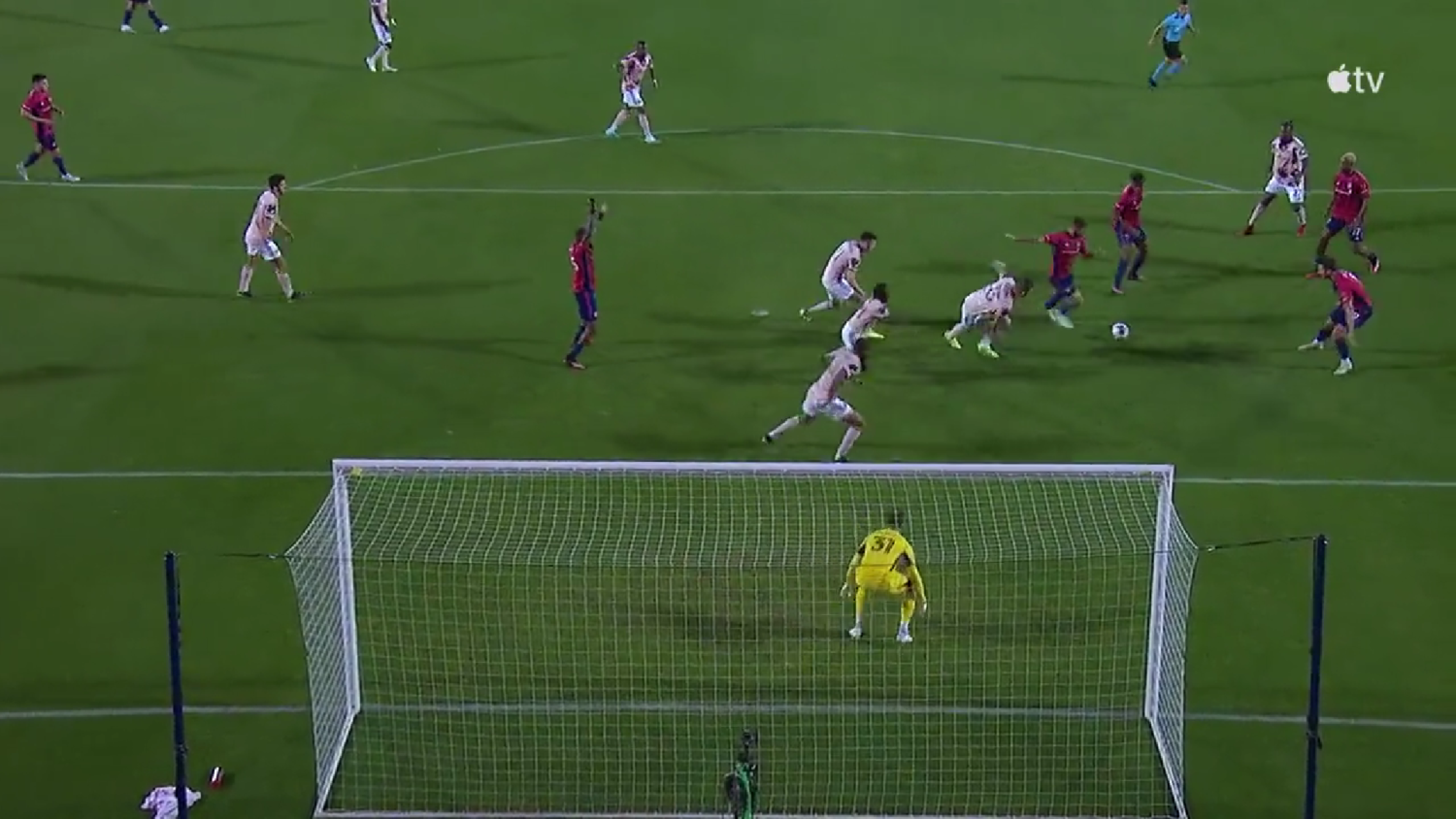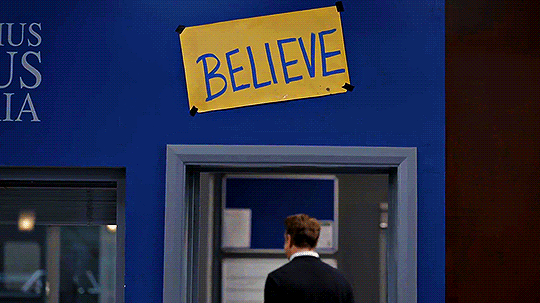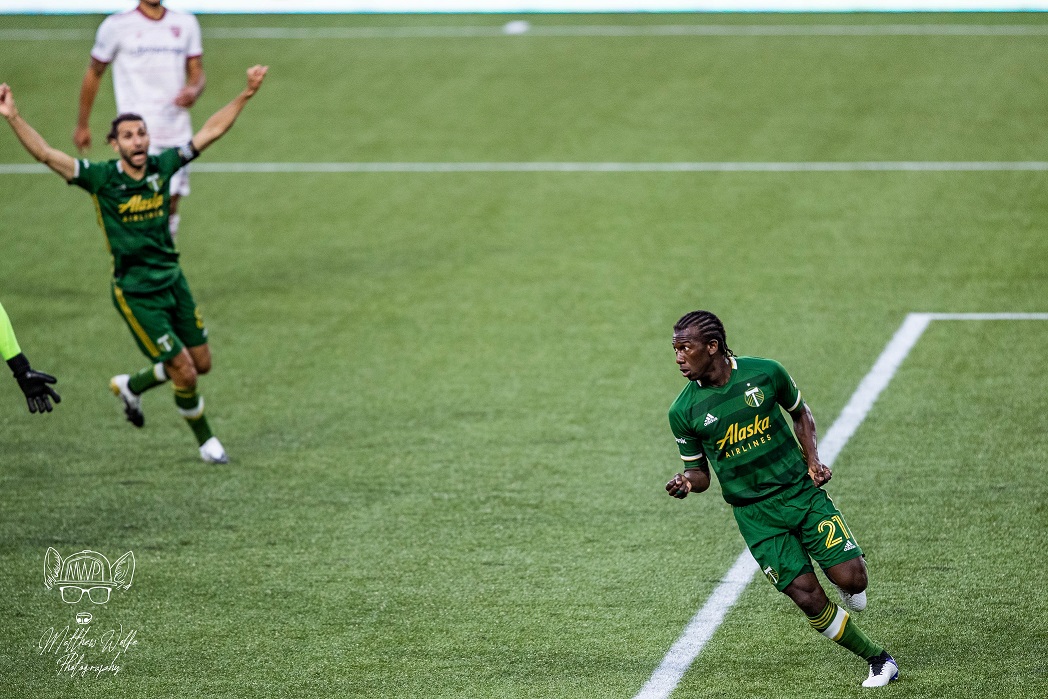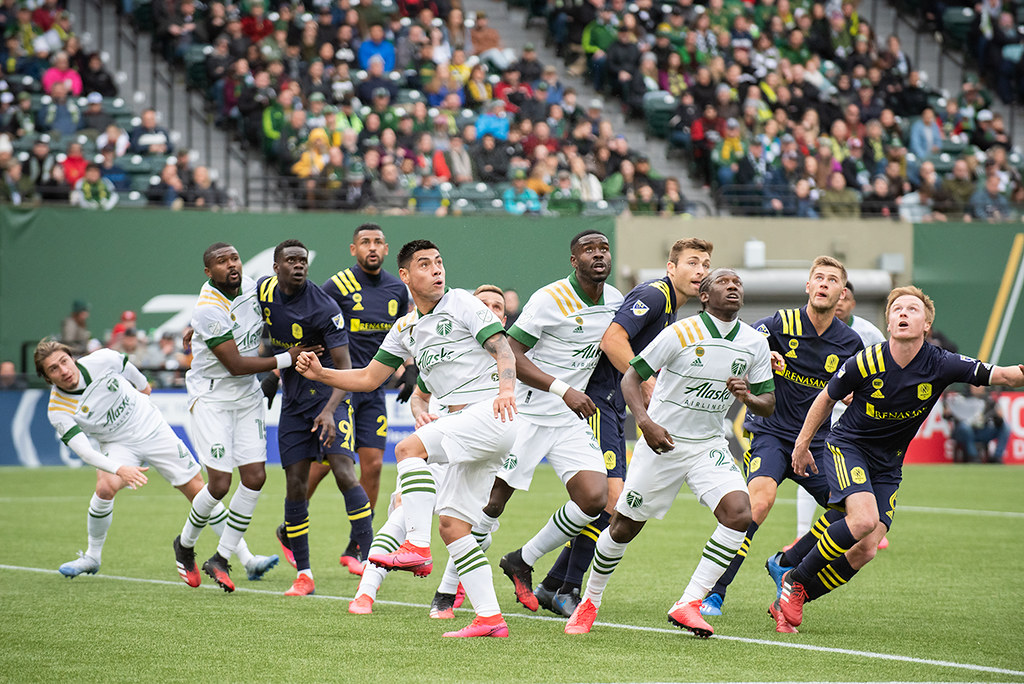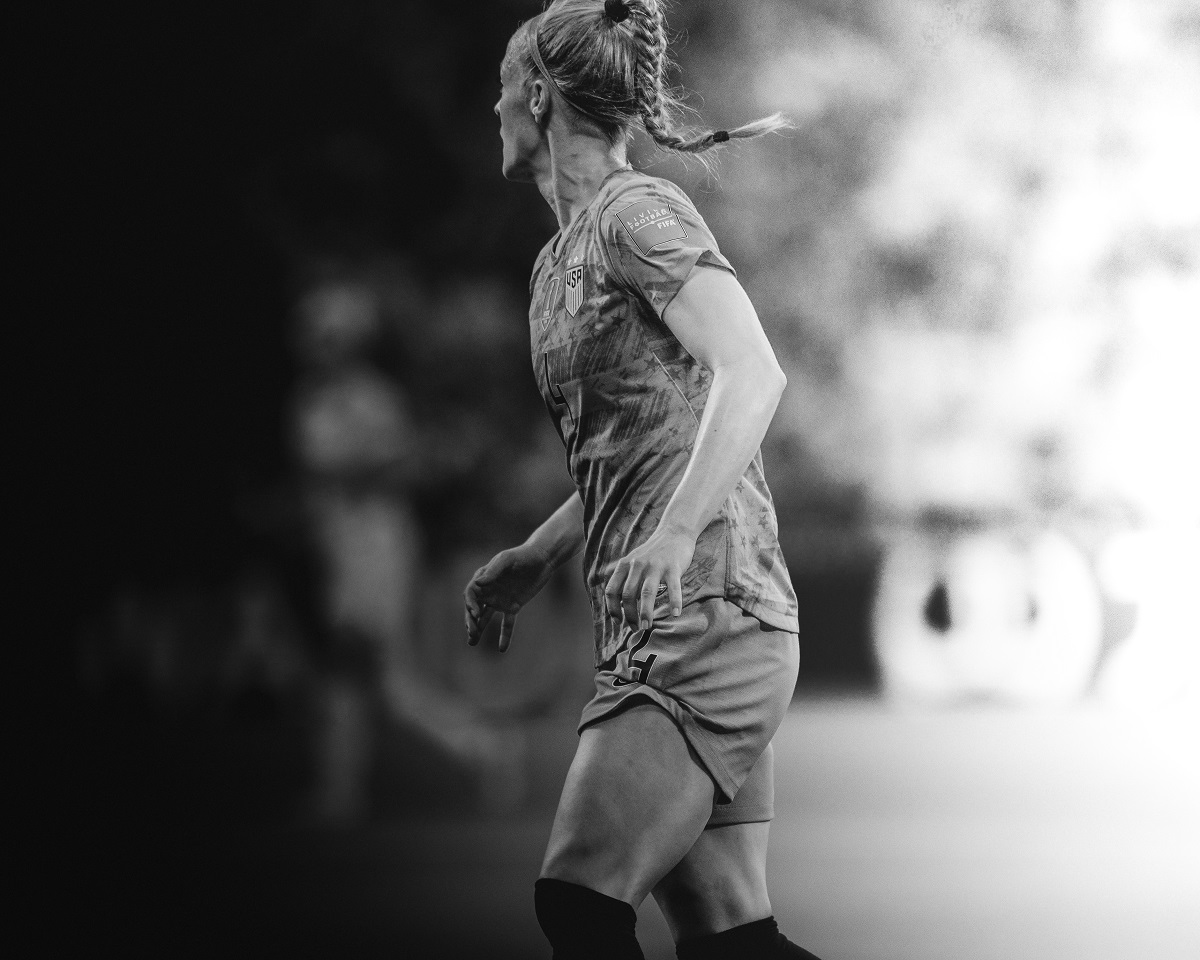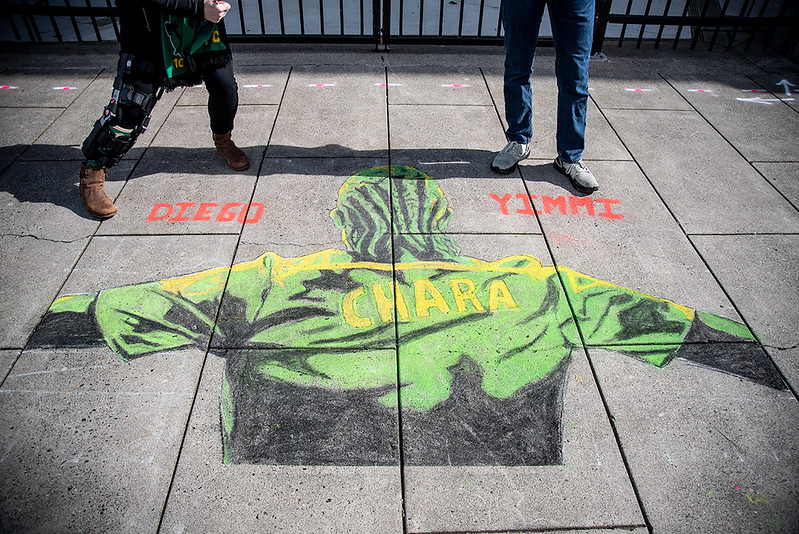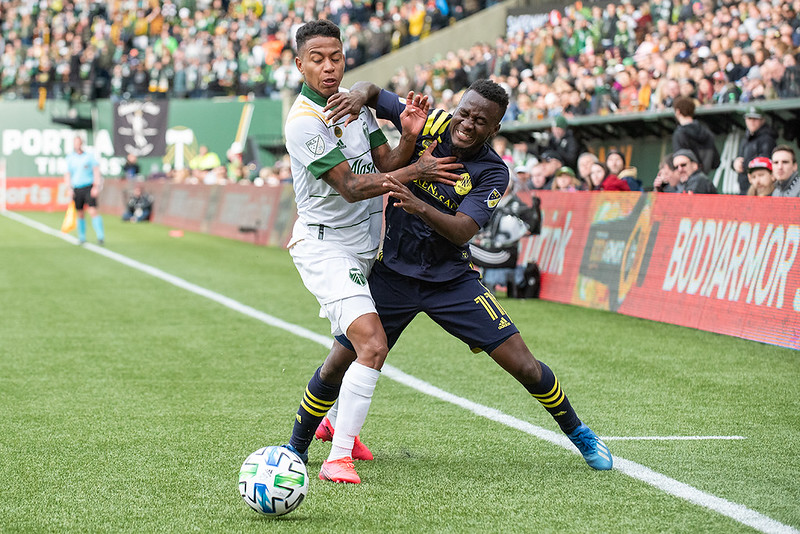Not even a point. The Portland Timbers fell 3-2 at BMO Stadium on Saturday.
Portland was disappointing to watch once again. They conceded two goals to Los Angeles FC, which made them chase the match as they have countless times this season.
Can’t stop conceding
“We cannot keep giving teams a two-nil [lead] and expect to win games of football,” Timbers head coach Phil Neville said after the match. “It’s unacceptable, it’s on me. We need to fix it, and we need to fix it quickly.
“We are so close to being a good team if we learn that one bit. If we don’t learn that one bit, it will be a long season.”
And Portland’s coach couldn’t be more on point. The Timbers have shown so much potential—not only this season, but we could see glances of what they were capable of last year. It’s a shame, though, that they keep making the same defensive mistakes. And Neville is once right, too, that it’s on him—and on previous Portland coaches. You don’t wake up one day and become terrible in defense. This problem has a history.
The Timbers remain in second place for most goals against in MLS this season, reaching 21 in the match against LAFC. On the flipside, they’ve scored the second most goals of any team in the Western Conference. Is that enough for this club?
“We’ve been receiving a lot of plaudits for the way we attack,” Neville said. “To be honest, right after the game on Saturday, the first thing I thought about was, ‘I’m getting fed up with that.’ I want people to praise us for winning games of football, not playing well and losing.”
By winning Saturday’s match, LAFC inclined the scale in their favor, since the California side has only won three of their last 11 regular season matches against the Timbers. Nonetheless, LA seemed the stronger side going to this game, since they were unbeaten in eight straight home games and, just like the Timbers, had scored multiple goals in seven of those eight matches.
What fullbacks?
LAFC found themselves very comfortable in Portland’s wings, especially in the left. Denis Bouanga, Mateusz Bogusz, Eduard Atuesta, and Ryan Hollingshead found space and time to do as they pleased.
Timbers Miguel Araujo and Juan David Mosquera had a complicated night, which helped the home team find their way to open the score. Mosquera was caught ball-watching, completely unaware of Bouanga until too late. As a consequence, Araujo had tried to stop Bouanga but couldn’t. The LAFC attacker crossed the ball, and Kamal Miller ended up pushing into the back of his own net.
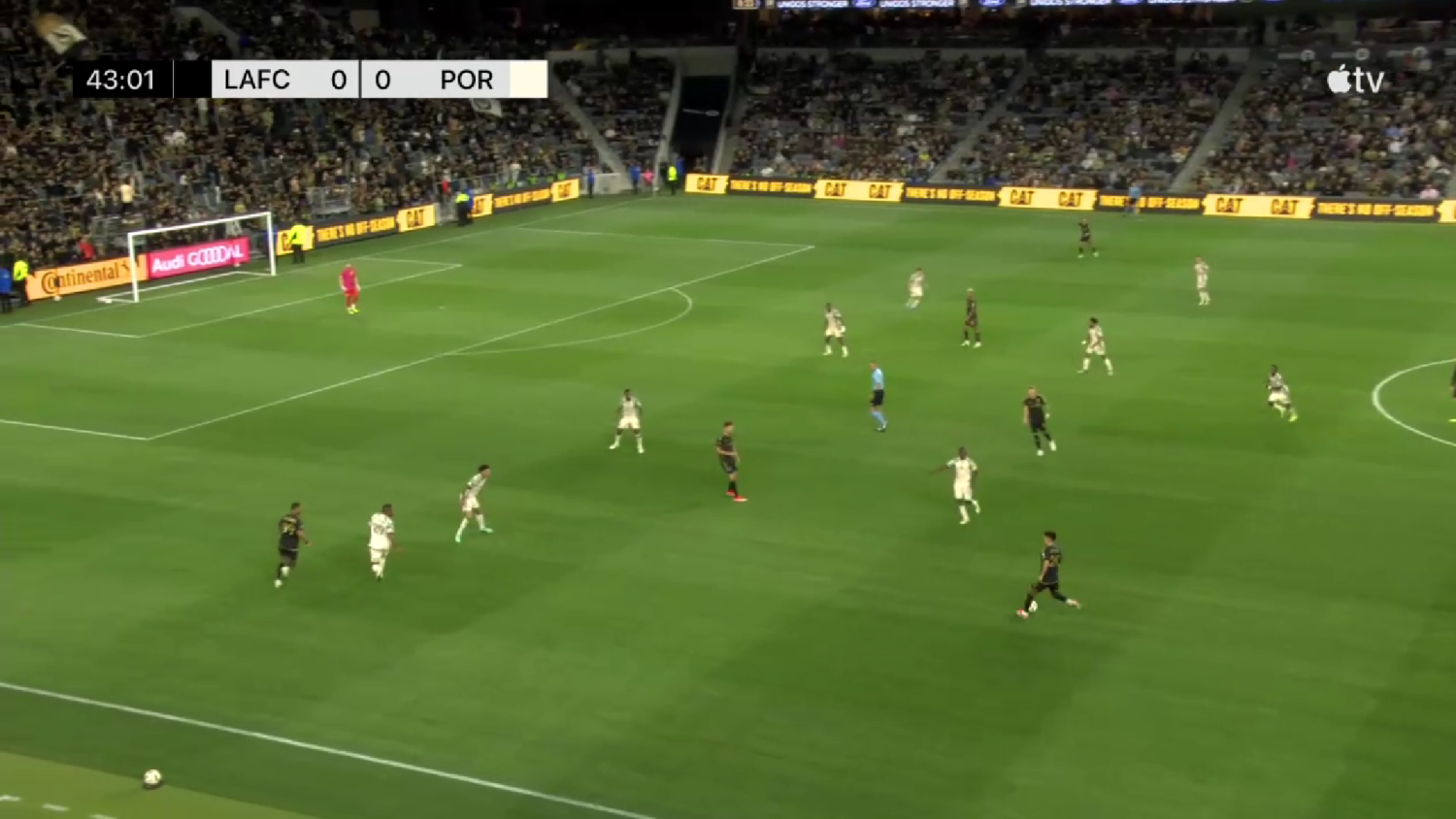
Portland wasn’t having a good first half. LA’s wingers were killing them, and if not for some lucky offsides, the match would’ve gotten very ugly very early. But even so, scoring an own-goal hurt a lot. Friendly fire is always hard to deal with, and if we add another goal against just seconds before halftime… well, let’s say it was a hard pill to swallow.
It feels like the Timbers are under a lot of self-imposed pressure to not concede, and that’s playing against them; it’s messing with their heads instead of making them play with a chip on their shoulder to prove everybody wrong.
Diego Chará’s Series of Unfortunate Events
On the day when Portland’s iconic captain, Diego Chará, became the player with the most appearances for a single club in MLS history, everything went south for him.
Not only could he not enjoy the special day with his fans in Portland, but he collected a loss. And he he, in his good old-fashioned way, collected a yellow in the 72nd minute.
One minute later, Santiago Moreno scored the equalizer for Portland, and two minutes later, Maxime Chanot received a yellow for a foul on Chará. Then, Chará received his second yellow, when, after being dispossessed by Atuesta, he fouled the LAFC midfielder trying to recover the ball in the 76th minute.
As a result, Cristhian Paredes had to come into the match for Felipe Mora, who had a quiet game. The absence of Evander harmed Mora, since he wasn’t fed with as many balls as needed.
LAFC grew after Chará’s send-off, and goalkeeper Maxime Crépeau had to intervene many times to keep Portland in the game.
Outside of the box
Due to Evander’s absence, the game’s fluidity wasn’t there. Portland’s goals weren’t as fancy as they have been.
However, it was good to see Jonathan Rodríguez finding the back of the net again for Portland’s first goal of the evening. He showed great technique in his tally and was the Timber with the most shots in this game, with six (two blocked, two off target, and two on target).
It was also good to see that the Timbers had some luck in this game. If it wasn’t for a deflection, Santiago Moreno’s goal—Portland’s second—wouldn’t have happened.
It was a shame the Timbers couldn’t get at least a point. Bouanga’s confidence was high after scoring not only a brace in the previous game against LA Galaxy but also the equalizer in stoppage time.
The Timbers showed they have problems defending second balls, and Bouanga took advantage of that when he showed up completely unmarked after Crépeau stopped a header and the defense couldn’t clear it. The striker shot a diagonal ball that hit the far post and got in. As a result, Bouanga scored the winning goal in stoppage time again and left Portland empty-handed.
The Timbers will continue their string of road games against Charlotte when they play at Bank of America Stadium May 4 at 4:30 p.m. PT.

